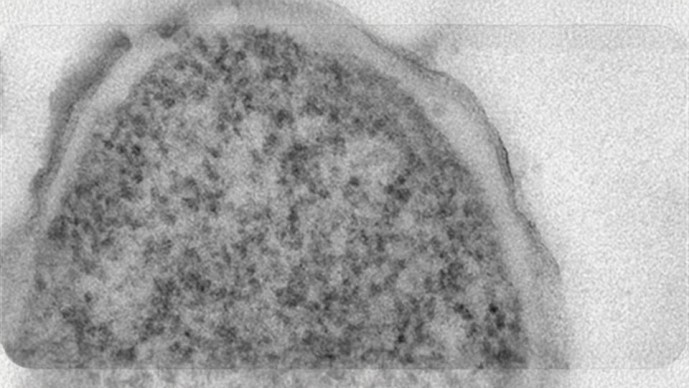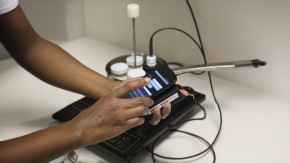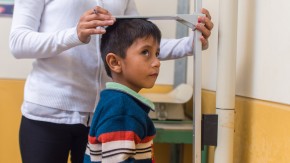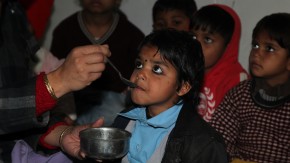
The Supreme Court famously said of pornography that it's hard to define but you know it when you see it. In science, we have our share of words that behave the same way. Take "innovation," for example. Bill and Melinda Gates created their foundation because they believed that more innovation for the poorest could save millions of lives. Almost everything we do is about innovation, but I'd be hard-pressed to give you a definition that's concrete enough to convey the full meaning of the word.
Melinda likes to talk about the gift her parents gave her when she went to college in 1982: an Olympus B12 typewriter, weighing 12 pounds. Now, we carry full-blown computers in our pockets. Millions of brilliant people worked on countless innovations over 25 years to make this paradigm shift possible. But the process was so distributed and variable that it's impossible to describe succinctly.
It is the combination of the power and elusiveness of innovation that encouraged me to write a blog series that attempts to show (instead of tell) what innovation looks like from our perspective at the Gates Foundation. Innovation comes in different shapes and sizes, and I will try to highlight many of them over the course of the year. Sometimes, innovation happens in the stereotypical way, in a laboratory when a scientist sees something that others deemed unimportant. Other times, innovation is a better way of delivering a technology that already exists. Then there are innovations that turn a basic scientific insight into a new product or service that people actually use. My first case study fits into this last category: translating scientific knowledge into a practical solution that changes lives.
Let me take you back in time to the late 19th century, when huge numbers of sailors in the U.S. Navy were laid low by typhoid. In 1913, the Navy solved this problem with a new vaccine made by killing whole typhoid bacteria (i.e., Salmonella Typhi) and injecting them into patients. There was only one problem with this "whole cell" approach: terrible side effects, including painful sores at the injection site and flu-like symptoms for several days. The Navy could force sailors to take it, but no civilian was going to volunteer, no matter how well it protected them from disease.
Eventually, researchers realized that both the side effects and the immunity were caused by the bacteria's surface layer. If you could somehow engineer bacteria to make a less toxic surface layer and then find a way to peel it off, you'd have a great vaccine - not just for typhoid, but for any bacteria that acts the same way.
With the help of a grant from the Gates Foundation's Grand Challenges Explorations program in 2007, Allen Saul and his team at the Novartis Vaccines Institute for Global Health did just that - they figured out how to trick bacteria into shedding non-toxic surface layers at the massive scale needed to make a vaccine. Saul calls them GMMAs, which stands for Generalized Modules for Membrane Antigens (but the real reason he named them that is that his laboratory is in Italy, he's a punster, and gemma means jewel in Italian).
Using his technique, Saul has developed a vaccine for Shigella, another bacteria that's a leading cause of diarrhea. Saul's vaccine has already been proven to be safe and to generate an impressive response from the immune system. The next step, a clinical trial, is in the works.
The really innovative thing about Saul's work is that he took what everybody already knew about the immunogenic effect of bacteria membranes and developed a process for producing actual vaccines at an industrial scale. He also devised an analytical test to facilitate regulatory approval. He says that because he was working with Novartis, a private company that's used to commercializing products, he had access to translational expertise that academics usually don't.
As Saul looks toward the future, he believes it may be possible to adapt his technique to prevent diseases that aren't caused by bacteria. He can imagine, for example, a GMMA-based malaria vaccine, even though malaria is caused by a parasite.
Saul cautions against over-optimism. As he himself says, "Every year or two someone says ‘Eureka! I've figured out all vaccines!'" He hasn't figured out all vaccines, but he's created a new vaccine and found a generalizable platform with the potential to improve vaccine science. I still can't define the word, but when I look at Allen Saul's work, I know I'm seeing innovation.



